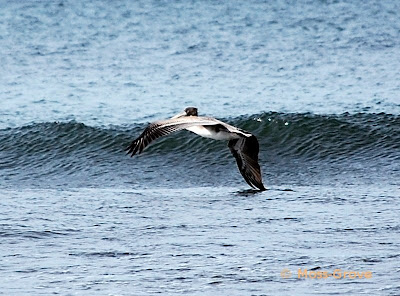At Home w/ Presidential Debates
I don't consider myself politically savvy in anyway, but I think its important to make good decisions when it comes to hiring the person who will lead the country over the next four years.
I enjoy watching the Presidential debates in an attempt to learn the truth about the candidates' character, positions on issues, and potential as President of the United States. The problem with debates is that you have to do a lot of mental sorting to try to figure what information is true, mostly true, exaggerated, or simply not true.
But not to worry, sorting through the debates feels like home--thanks to my children. Granted Presidential debates are conducted by professionals, but the base techniques are the same. After all adults are just little kids in bigger bodies and social networks:
1. Explain what your opponent did first. This is a classic technique often used to procrastinate your own answer. With a brother (K) crying in the distant background, we ask our obvious suspect (T), "What did you do to your brother?" T's Answer: "K wouldn't share his Lego's." We remind him of the question, "I didn't ask what he did, I asked what you did." "But K wasn't sharing."
2. "I didn't do that!" or "I didn't say that!" This technique is the hardest to not reciprocate. T runs to us in a panic: "J's going to kill me!" J: "No I'm not! I said I was mad at you!" T: "But you tried to kill me!" J: "I did not,...Idiot!" T: "I'm not an idiot, ...Stupid! Infinity and one, no tag backs."
3. Name Calling (aka: 'mud slinging'). Politicians are careful enough not to do primitive name calling directly, but they do use subtle phrases such as, "naive," "he doesn't understand," or "he's clearly ____," or "..we all know the sequel is worse than the first movie," "big boys," etc. Political ads do this freely--I guess because its not the candidate saying it directly.
4. Almost True. This is one of the harder techniques to discern because we don't always have all the source information available. That's where research sites such as http://www.factcheck.org/ or http://www.snopes.com/ becomes a valuable resource. Mom (knowing the answer): "Are you dressed and ready to go? C (hopping up and down, half paying attention): "Yes." Mom: "Are those the same clothes you wore yesterday?" C: "No, I changed my pants." Mom: "Will you please go change your shirt?"
5. The Truth. This is what I look for and believe it or not politicians sometimes use this technique. I wish politicians spent less time talking about what their opponent does/doesn't do because it takes away from telling what they themselves are going to do. How can you make a good judgement based on things 'enemies' say about each other. Give me the truth from the horses mouth, please. Back to the example in #1: "I didn't ask what he did, I asked what you did."
Thanks to the practice my kids give me, its a little bit easier to sort through these Presidential Debates.







